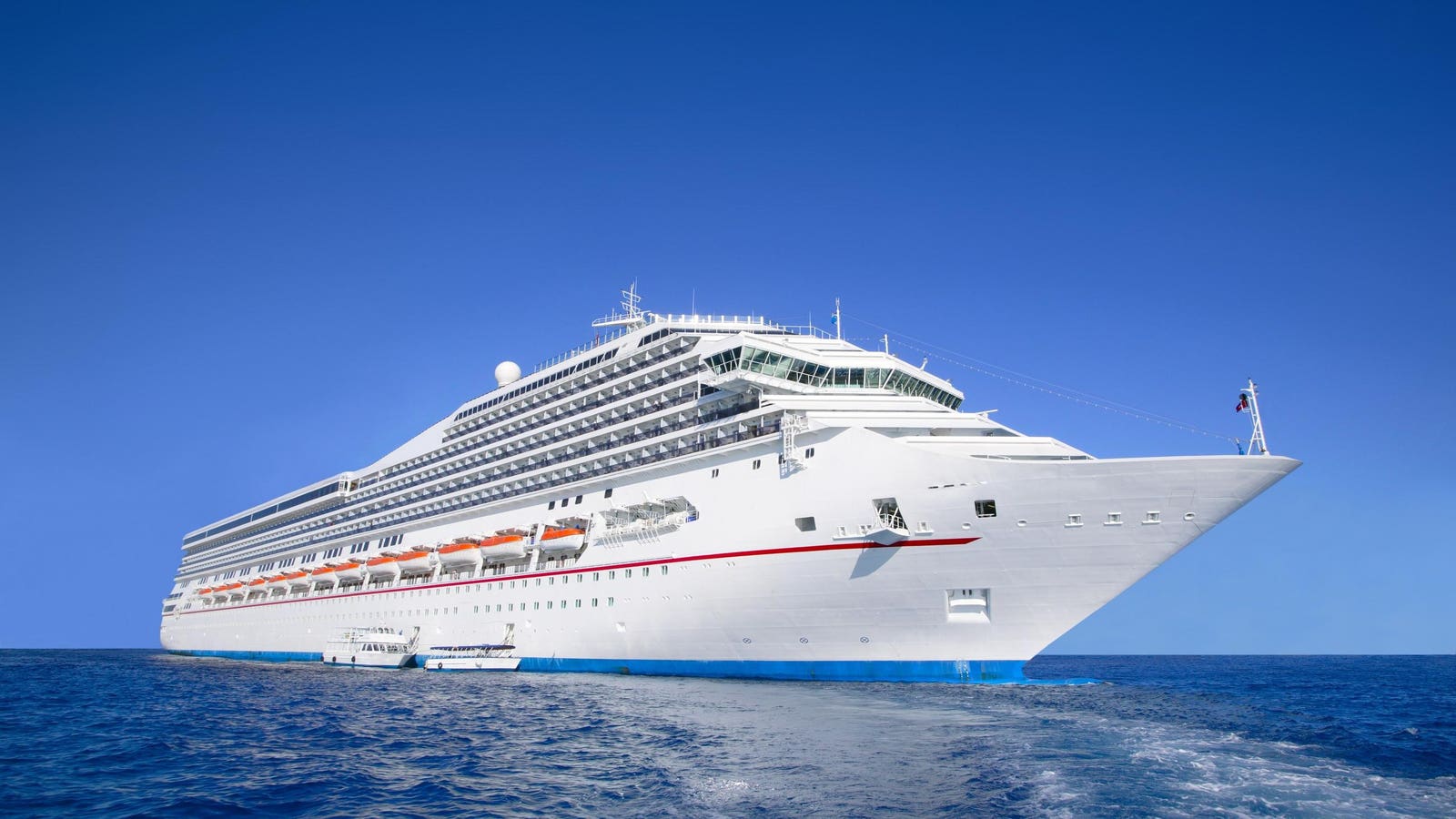A U.S. Air Force MC-130J air-drops a JASSM deployment box at White Sands Missile Range in March ... [+] U.S. AIR FORCE
After less than two years of furious work, the U.S. Air Force is close to finishing a parachute missile-launcher that, in theory, converts any big cargo plane into a bomber.
Back in March, over White Sands Missile Range in New Mexico, an MC-130J transport belonging to the Air Force Special Operations Command dropped an instrumented “deployment box” attached to a G-11 high-altitude parachute.
Mostly, it was a test of the box’s stability during a high-altitude drop. But the trial also marked the Air Force’s steady progress toward actually deploying a “missile in a box” and growing, by hundreds, the number of aircraft it can deploy for long-range strikes.
The palletized munition system, which the Air Force Research Laboratories is developing under the Rapid Dragon initiative, is brilliant in its simplicity.
Load long-range Joint Air-Surface Standoff Munition cruise missiles two apiece onto wooden pallets. Attach parachutes. Load them onto a cargo plane and plug them into a simple fire-control computer that comes with the system.
Shove the pallets out the back of the plane just like you would a pallet of supplies. The JASSMs, slowly floating toward the ground, sense their separation from the launching plane, wait until they’re at a safe distance then extend their wings, ignite their engines and zoom toward their pre-planned targets.
The Air Force last year paid Lockheed Martin LMT -0.5% $25 million to work on the pallets.
The flying branch thinks it can pack 32 of the extended-range version of the cruise missile into a single, four-engine C-17. The service has more than 200 C-17s—plus hundreds of smaller C-130s. You do the math.
“A palletized-munitions capability could enable various airlift aircraft to employ a range of weapons en masse via a self-contained, roll-on/roll-off palletized system, and may offer an alternative way for the Air Force to bring more mass to the fight,” said Dean Evans, the AFRL program manager.
The need is clear. In a major war with a high-tech foe such as China, the Air Force could struggle to concentrate enough firepower in one place at one time to overcome enemy air-defenses.
Distance is the main problem, especially in the western Pacific region. The Air Force has access to only a few major air bases that lie within striking distance of likely war zones.
Kadena Air Force Base in southern Japan is just a few hundred miles from Taiwan, but Air Force planners expect it to come under heavy missile attack in any war with China. Andersen Air Force Base in Guam is safer because it’s 1,800 miles from the Taiwan Strait.
But that distance slows the pace at which the Air Force’s roughly 150 heavy bombers—currently the service’s only missile-carriers that reliably can travel thousands of miles round-trip without massive tanker support—can fire munitions.
It’s not that they don’t carry a lot of missiles—a single B-1 bomber after all can haul up to 24 of the 500-mile-range JASSMs in its internal bays. The problem is that a bomber must spend all day flying to within striking distance of its target then back.
It’s not for no reason that the Air Force is trying to pack more JASSMs on its F-15s. And why Rapid Dragon is moving so, well, rapidly. "Despite the palletized-munitions program being relatively new, it’s moving very quickly,” said Scott Callaway, Lockheed Martin director of advanced strike systems.
Not everyone is convinced it’s a good idea, however. Mark Gunzinger, an expert with the Mitchell Institute for Aerospace Studies in Virginia, highlighted some of the objections. “Allocating some C-17 or C-130 aircraft to conduct strikes would reduce the airlift capability available to deploy and sustain U.S. forces,” he wrote in Defense News.
Plus, at $1.8 million a pop, JASSMs are expensive. “Launching these one-time-use assets against tens of thousands of targets would cost far more than reusable penetrating bombers that deliver less expensive munitions.”

Royal Caribbean Allowed To Start Test Cruises In June, Becoming First Company To Do So
Cruises haven't left U.S. ports since March 14, 2020.
 www.forbes.com
www.forbes.com

